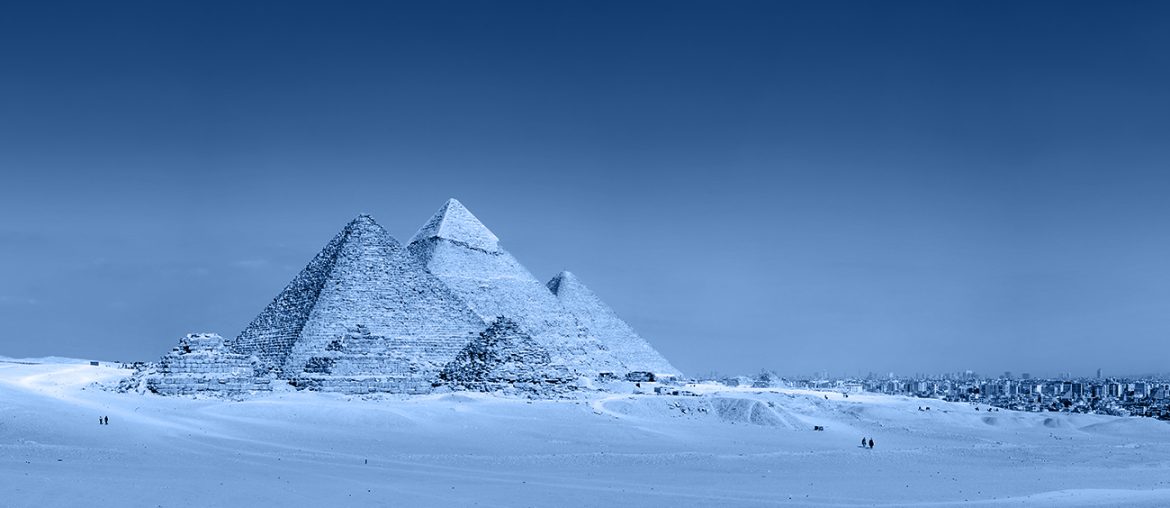Welcome to a new series called “The 7 Colors of the Ancient World!” In each installment, we’ll take a look at the colors used by civilizations before us. The ancient world dwellers helped shape and influence how we understand color today. While most hues have their roots in the past, what better way to start than with everyone’s favorite color, BLUE!
I’m not joking, though. Well, at least according to a worldwide survey done by YouGov back in 2015. In the survey, everyone loved the color blue the most. But, in this article, we’ll be talking about a different, ancient kind of blue, Egyptian Blue.
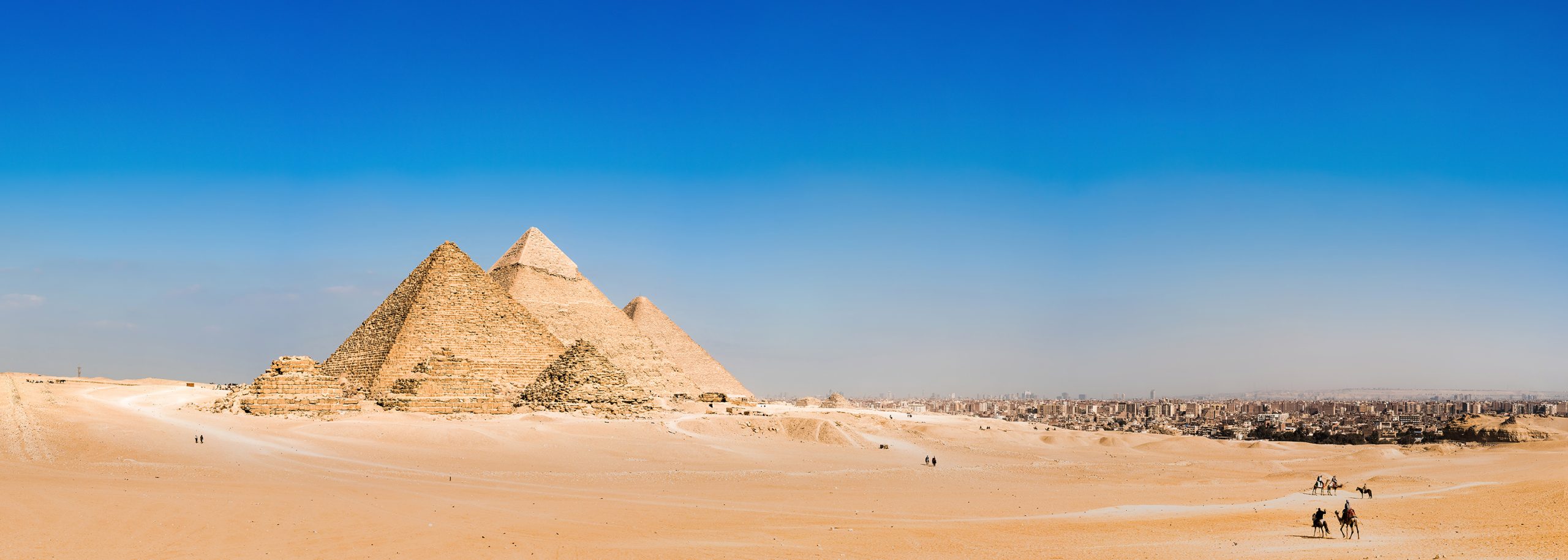
Why Egyptian Blue?
The Egyptian Blue or “irtyu”, as they called it, is the world’s oldest known synthetic pigment. Unfortunately, the actual recipe for this pigment disappeared from records a long, long time ago. However, something that still lingers until today is its impact. The Egyptians basically spearheaded the blue pigment industry. This pigment and its production travelled to other great civilizations such as Ancient Mesopotamia and the Roman Empire.
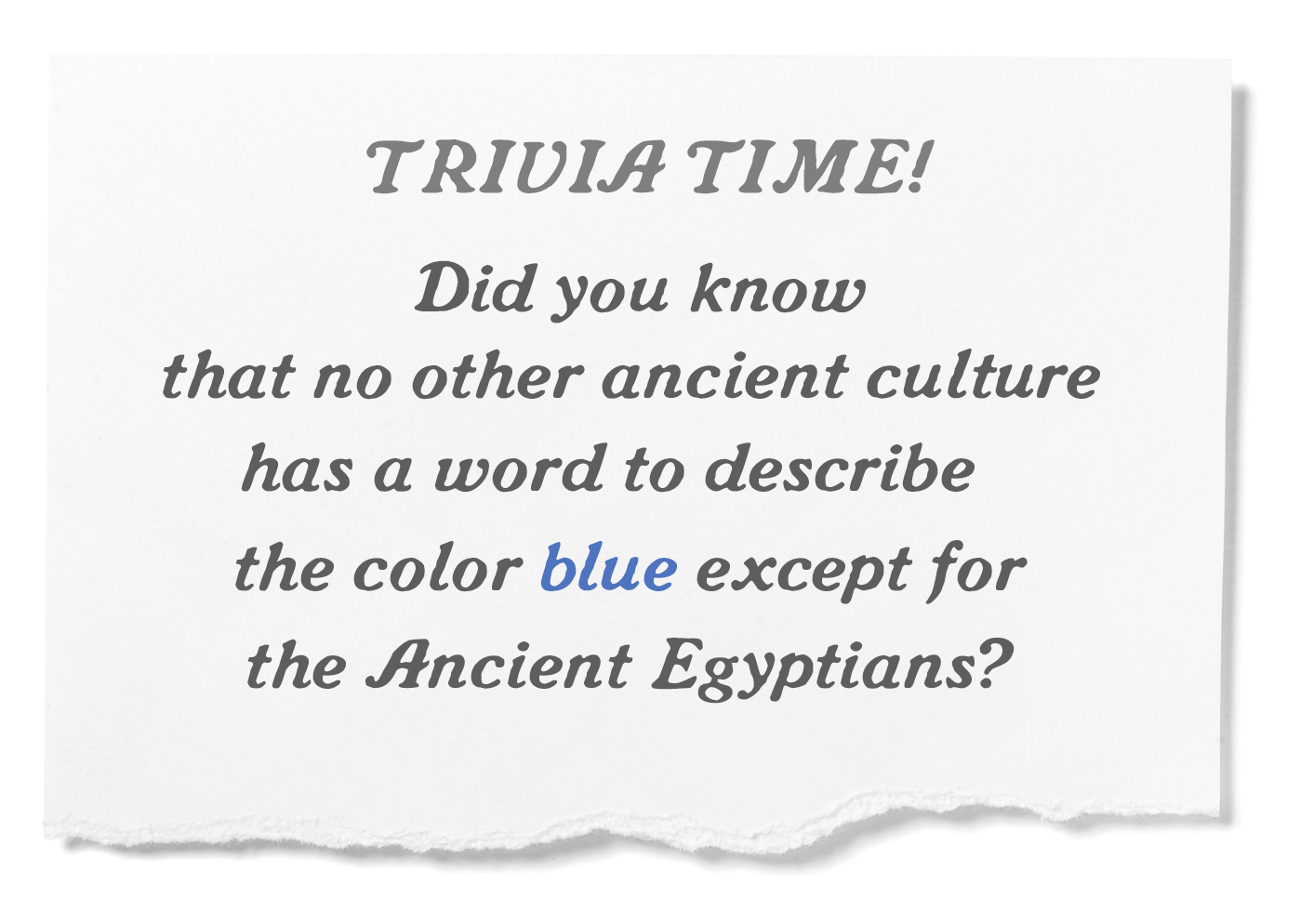 TRIVIA TIME: Did you know that no other ancient culture has a word to describe the color blue except for the Ancient Egyptians?
TRIVIA TIME: Did you know that no other ancient culture has a word to describe the color blue except for the Ancient Egyptians?
In the Greek poem, The Odyssey, Homer describes the color of the sea as “wine-dark”. Pretty odd, right? But this hasn’t been the only case. There has been no mention of anything being labelled as “blue” throughout other ancient texts. The only old world civilization to incorporate blue in their literature were the Ancient Egyptians.
Didn’t the ancient people notice that the skies and waters were blue?
Yes, and No.
For the Ancient Egyptians, blue represented the color of heaven; and, in turn, represented the universe itself. Worshippers depicted gods and pharaohs with blue heads or faces. The Nile River, the greatest water source for their thriving agricultural community, was also depicted as blue in their murals and other works of art.
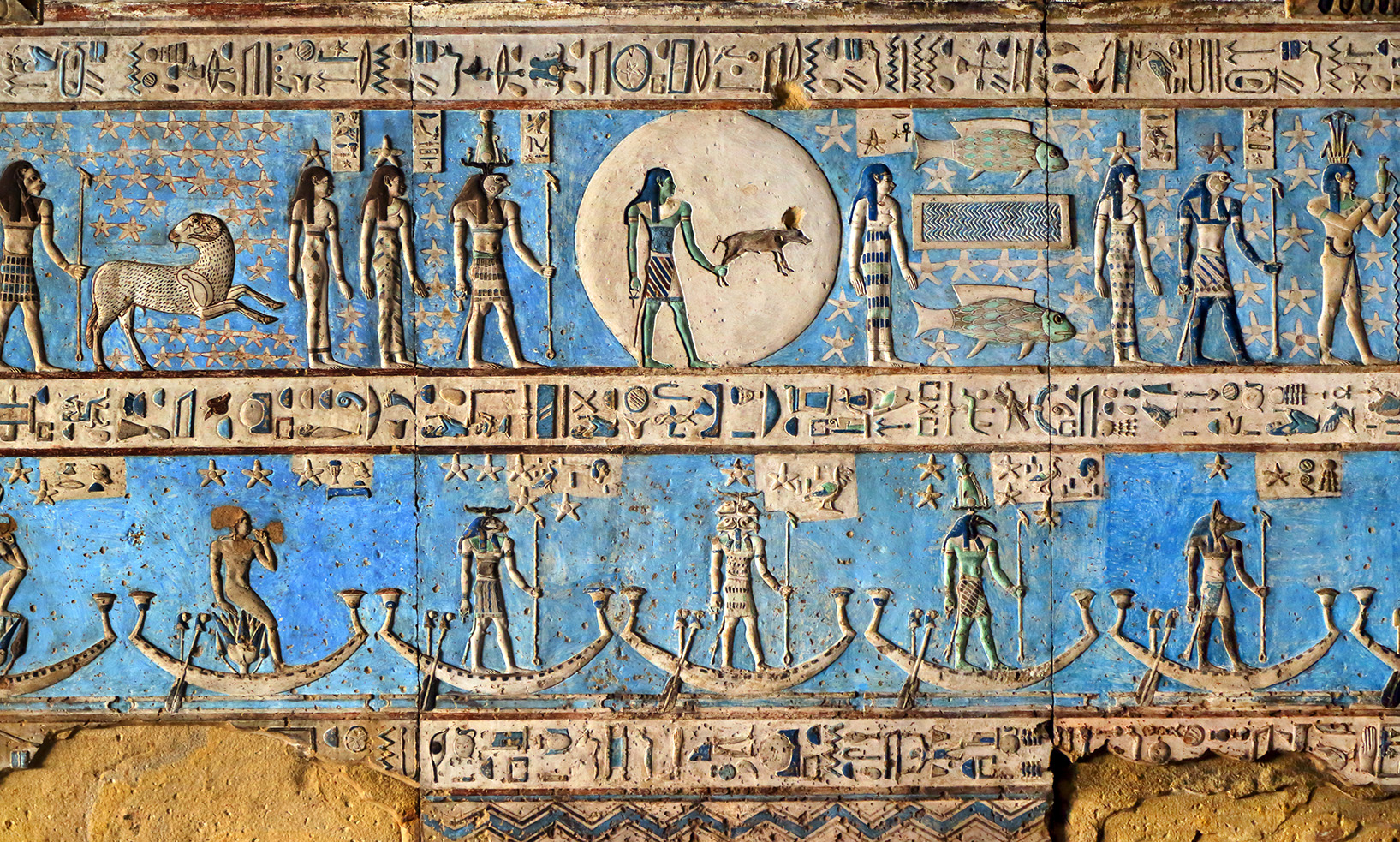
At the time, the most common colored pigments were blacks, reds, and yellows. These hues were the most widely available because they are mined from natural resources such as metal ores.
Ancient Egyptian artists considered these pigments as too cheap or too unsophisticated for use in giving proper reverence to their gods. Their search for the perfect hue led them to what is now known as present-day Afghanistan. There, they mined lapis lazuli, a semi-precious stone with a distinctly blue hue. While the Egyptian Blue’s exact formula may be lost in time, researchers believe that lapis lazuli is the main component of this very expensive pigment.
Feel the blue without being blue
Thank the heavens for modern technology since you don’t need to learn how to make your own pigments to incorporate some blues into your home. Check out our recommended palette down below.
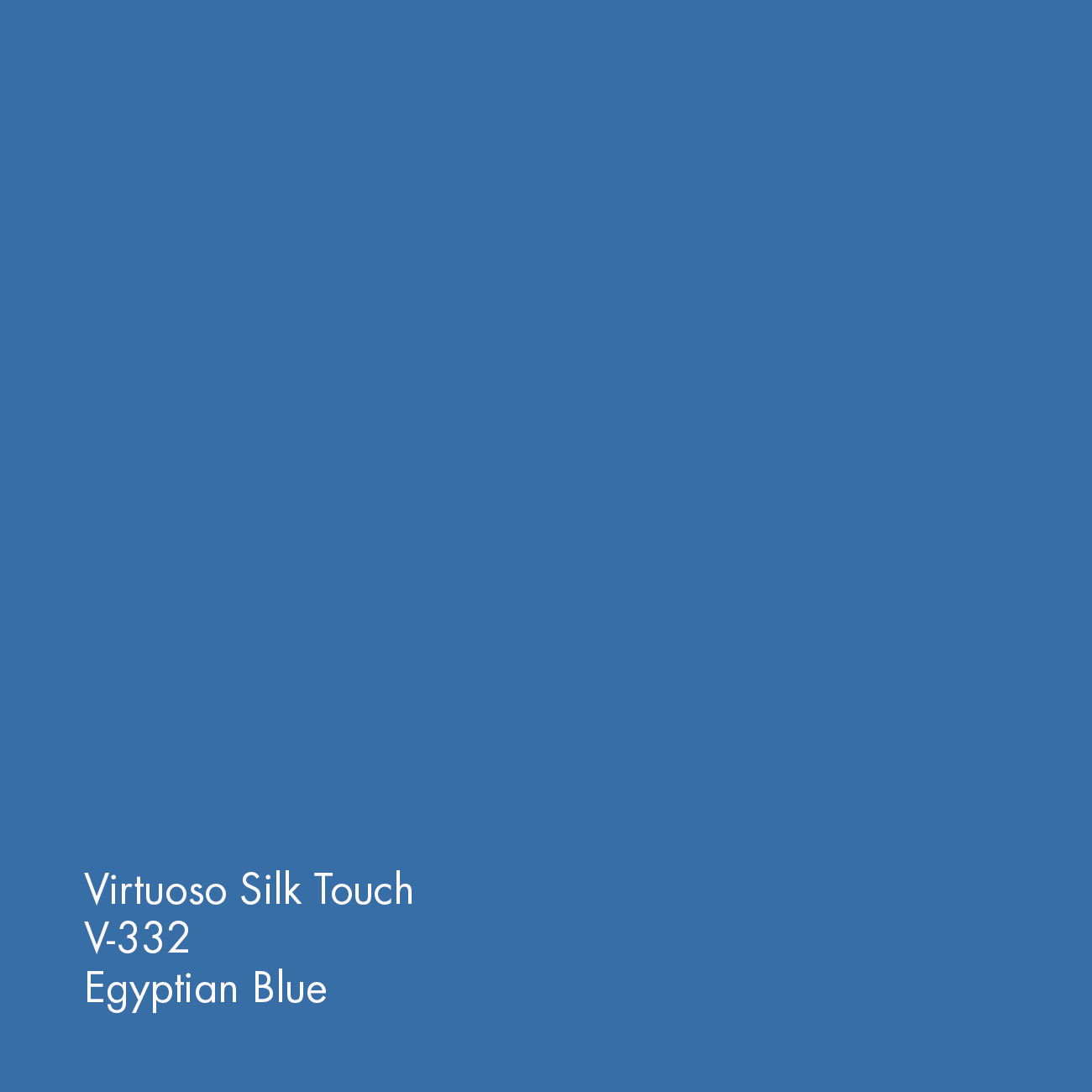
Paint your interiors with Virtuoso™ Silk Touch™ and feel as luxurious as the Pharaoh himself (or herself!) with its elegant matte finish. With its easy clean properties, your walls stay clean, fresh, and free from dirt and other contaminants. Who knows? Maybe your walls will survive for as long as the pyramids. (Just kidding, please don’t quote me on that.)
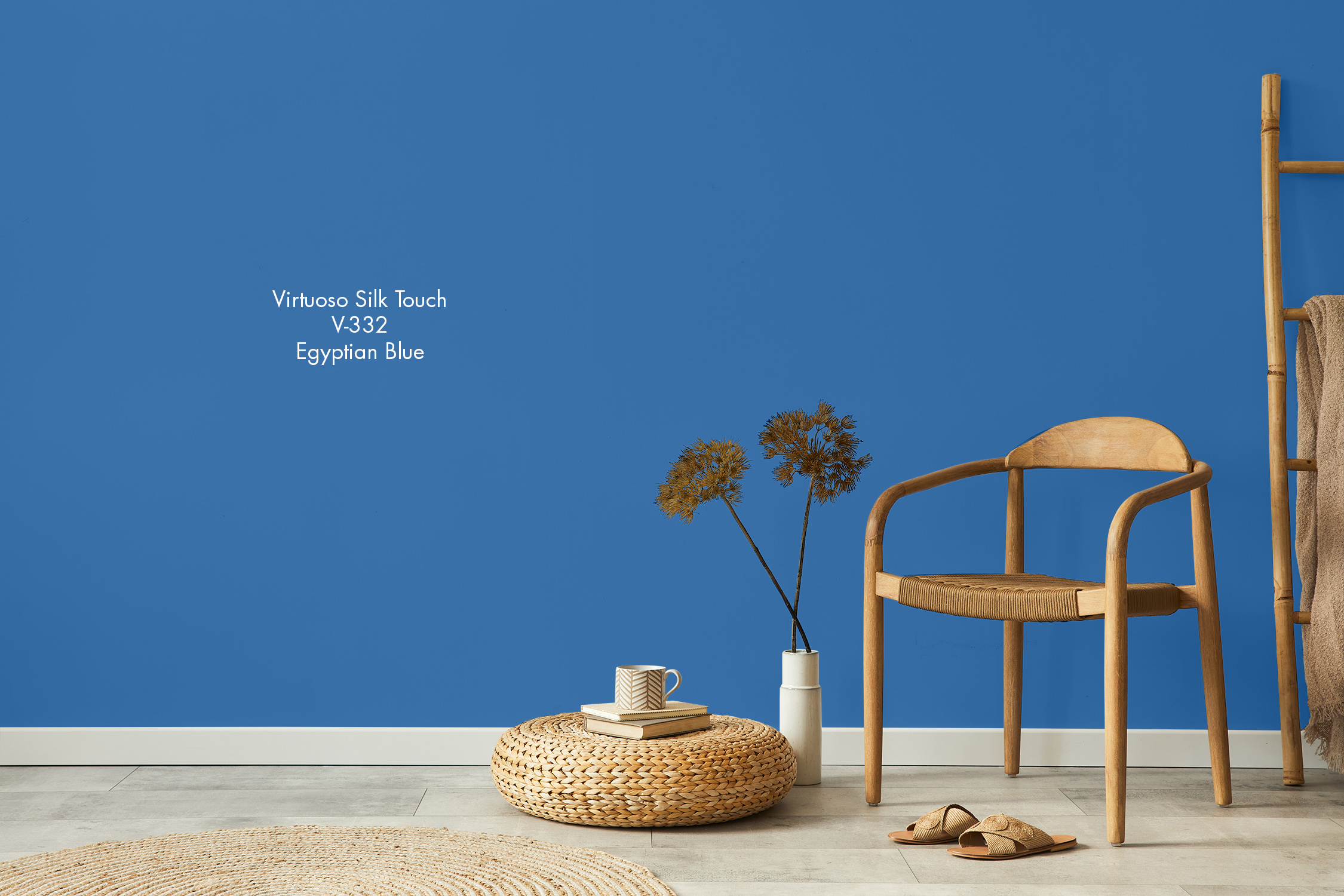
So, what do you want to talk about?
If you have anything on your mind you want to share with us, send us a message us on Facebook or Instagram. Don’t forget to subscribe to our blog newsletter to stay in the loop. And always remember, “Do or do not, there is no try.”
Subscribe to this blog to get the six other colors of the ancient world in your email inbox.

